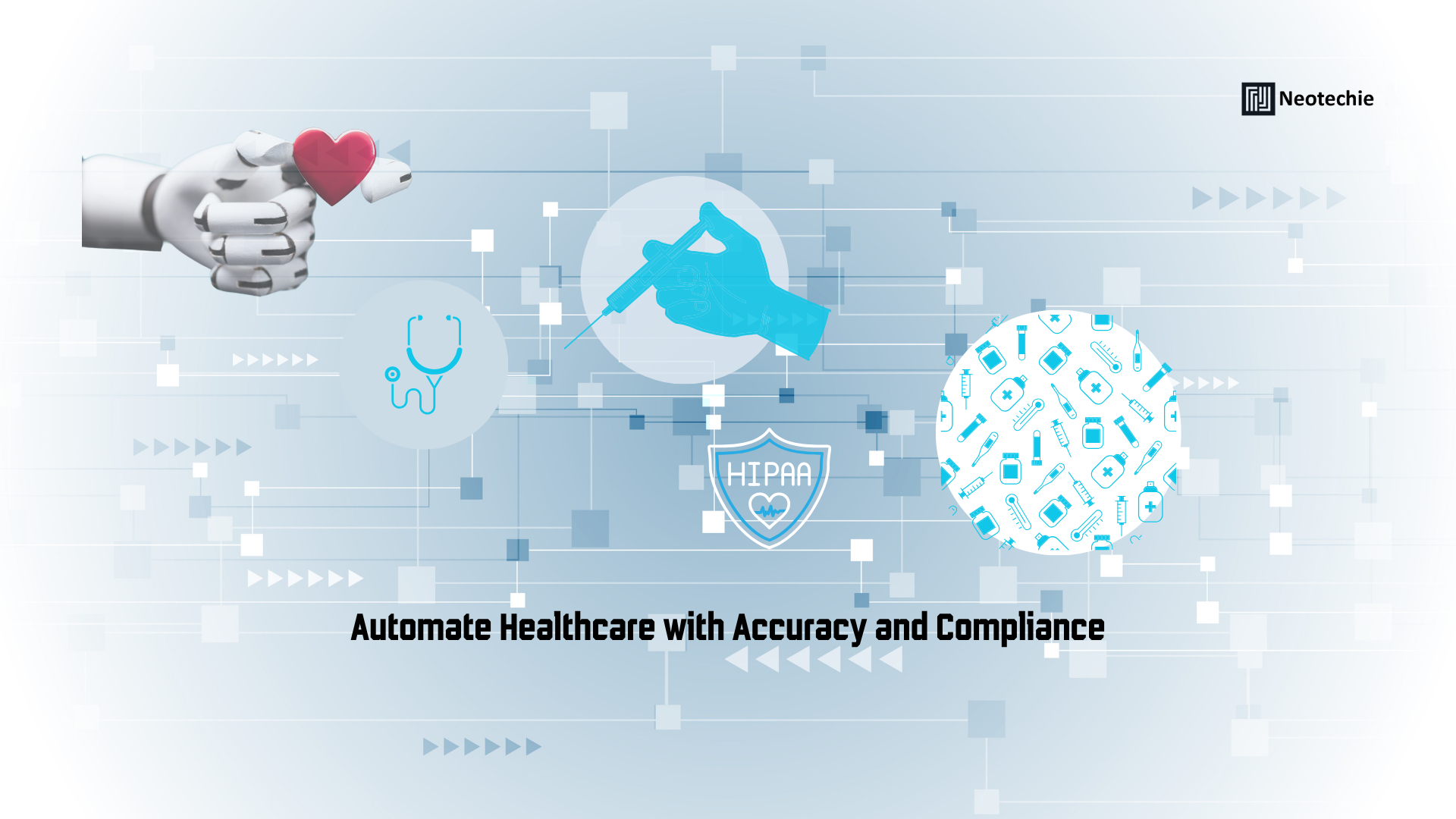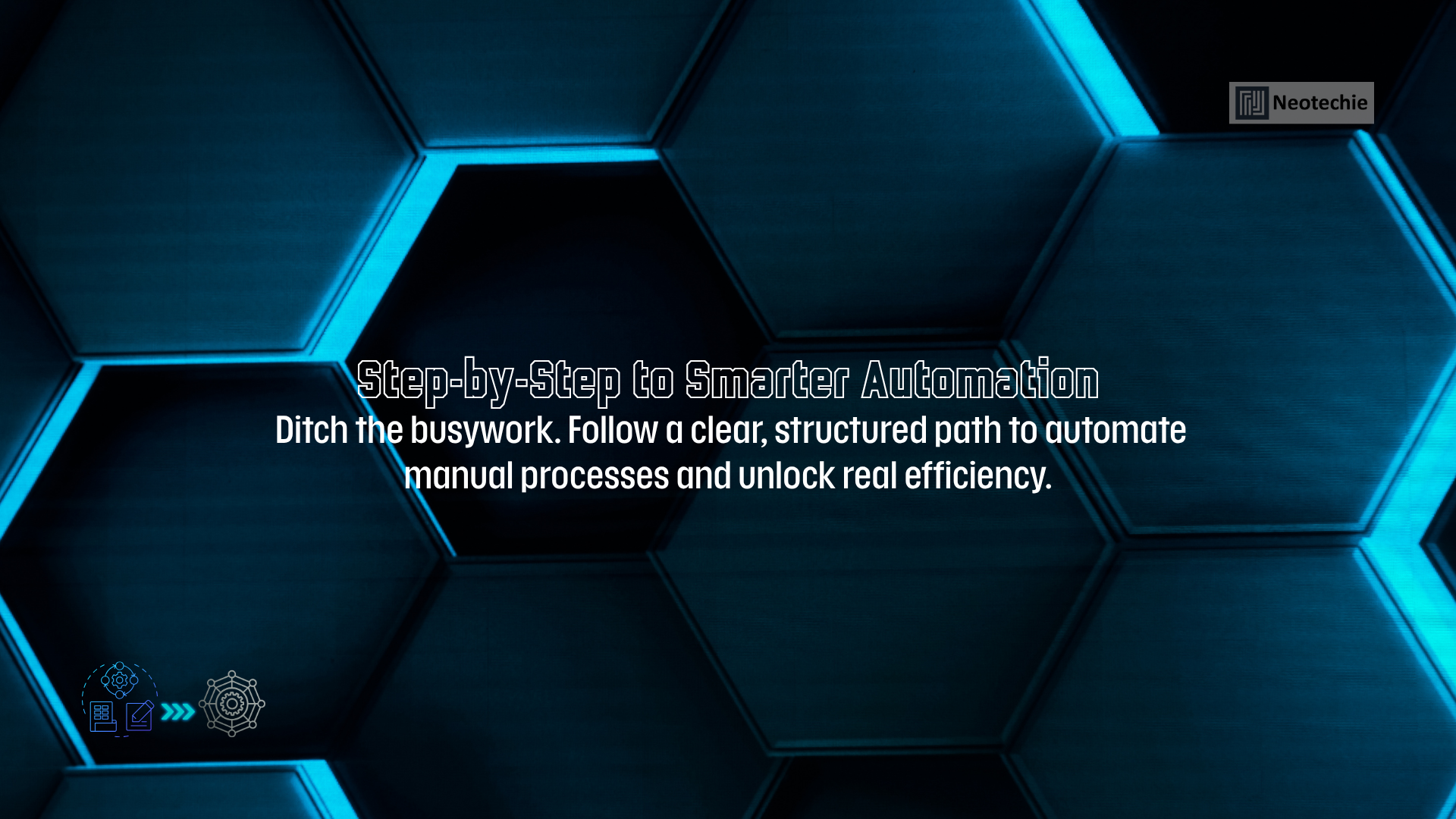In today’s fast-paced business environment, every organization is striving to optimize its processes, reduce costs, and increase overall efficiency. Robotic Process Automation (RPA) offers a transformative solution that allows businesses to automate repetitive, rule-based tasks, enabling employees to focus on more strategic initiatives. By automating routine workflows, companies can achieve measurable returns on investment (ROI), driving not only productivity but also scalability and innovation across their operations.
What is RPA?
RPA refers to the use of software robots or “bots” to automate highly repetitive and manual tasks that are typically handled by humans. These tasks can range from data entry and report generation to more complex processes like invoice processing and customer service inquiries. RPA can be integrated across various business functions, including finance, human resources, supply chain management, and IT, significantly reducing the time and effort required to complete these tasks.
Increase Efficiency and Speed
One of the most significant advantages of RPA is its ability to automate tasks at speed and scale. Unlike human employees, RPA bots work tirelessly 24/7 without the need for breaks or downtime. Whether it’s processing hundreds of invoices or handling thousands of customer inquiries, RPA allows businesses to complete tasks in a fraction of the time it would take manually. By accelerating the completion of routine workflows, organizations can significantly increase operational efficiency, enabling faster decision-making and quicker response times to market demands.
Reduce Costs and Free Up Resources
By automating manual processes, businesses can substantially reduce labor costs. RPA eliminates the need for additional headcount to handle mundane tasks, allowing existing employees to focus on more value-added activities, such as strategic planning, customer relationship management, or innovation. This leads to a more productive workforce and a reduction in human error, which can be costly and time-consuming to fix. Additionally, RPA software typically has a low implementation cost, and the ROI is often realized in a matter of months, making it an affordable option for businesses of all sizes.
Scalability and Flexibility
RPA is highly scalable, allowing businesses to expand automation across various departments and processes as their needs evolve. This scalability is crucial in today’s dynamic business landscape, where companies need to be agile to adapt to changing market conditions. RPA can easily be deployed in small, incremental steps, starting with a few simple workflows and gradually expanding as the benefits become clear. Whether a company is looking to automate a single process or transform an entire department, RPA provides the flexibility to scale operations without the complexity and costs associated with traditional system overhauls.
Improve Accuracy and Compliance
Human error is a constant challenge in any organization, especially when dealing with large volumes of data. RPA bots, on the other hand, follow predefined rules and operate with precision, ensuring that tasks are executed with minimal errors. This level of accuracy is particularly valuable in industries such as finance, healthcare, and manufacturing, where compliance and regulatory requirements are strict. RPA can help organizations maintain consistency, adhere to industry standards, and avoid costly fines or penalties resulting from errors.
Foster Innovation and Strategic Focus
When routine, time-consuming tasks are automated, employees are freed up to focus on more creative and strategic initiatives. This shift allows organizations to foster a culture of innovation, where human talent can be leveraged for higher-value activities that drive growth. Additionally, RPA helps businesses stay competitive by enabling faster adaptation to market trends and customer needs, giving them a technological edge over competitors who are still relying on manual processes.
Conclusion: A Path to Sustainable Growth RPA isn’t just a tool for improving efficiency—it’s a catalyst for business transformation. By automating routine workflows, organizations can significantly boost productivity, reduce costs, and improve operational accuracy. The measurable ROI achieved through RPA implementation enables businesses to allocate resources more effectively, scale rapidly, and stay ahead in an increasingly competitive market. With its ability to automate tasks at speed and scale, RPA is an essential investment for businesses aiming to unlock long-term, sustainable growth.






